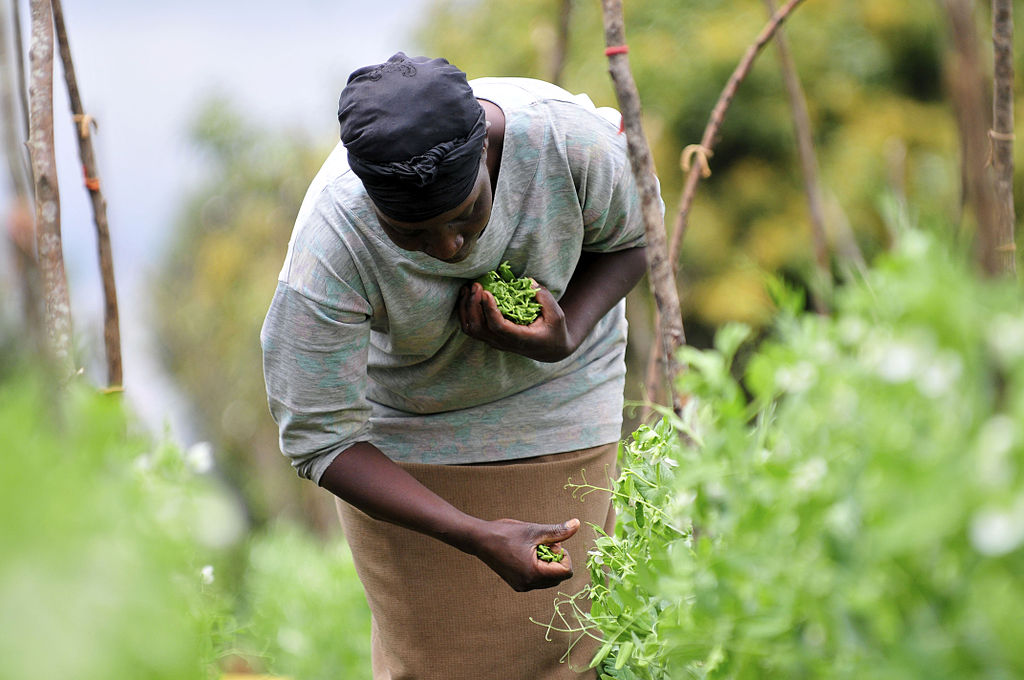
By George Munene
Kenya’s agriculture sector recorded a contraction of 0.6 per cent in the third quarter of 2022 compared to a growth of 0.6 per cent recorded in the corresponding quarter of 2021.
The decline was reflected in vegetable exports and milk intake by processors which declined by 26.1 per cent and 10.7 per cent, respectively during the quarter under review.
Vegetable exports declined from 18,685.4 metric tonnes in the third quarter of 2021 to 13,807.8 metric tonnes in the quarter under review. The amount of milk delivered to processors reduced to 186.96 million litres in the third quarter of 2022 from 209.28 million litres recorded in the same quarter of 2021.
Related News: Govt earmarks Sh422 billion for 10 agri programs between 2023 & 2026
Related News: Drought shrinks Kenya’s agriculture performance despite economy improving
According to the Kenya National Bureau of Statistics, the slowdown in the performance of the sector was mainly attributed to unfavourable weather conditions that prevailed between January and September 2022.
The sector’s performance was however cushioned from a steeper contraction by improved production in fruits, coffee and cane.
During the period under review, fruit exports grew by 53.9 per cent compared to a contraction of 19.9 per cent in the third quarter of 2021.
Coffee production more than doubled to stand at 9,900.7 metric tonnes in the third quarter of 2022, up from 4,646.5 metric tonnes in the corresponding quarter of 2021.
Similarly, cane deliveries rose by six per cent in the third quarter of 2022 to stand at 648.2 metric tonnes.
Related News: Development charity to create 100,000 jobs for youth in agriculture
Together with the fishing, forestry, mining and quarrying sectors they were responsible for this slowdown in economic activities expanding the country’s GDP by 4.7 per cent compared to a 9.3 per cent growth in the same quarter of 2021.
Increased prices of food and non-alcoholic beverages, transport and energy also led to a 8.7 per cent rise in inflation in the quarter, up from 6.7 per cent in the corresponding quarter of 2021.